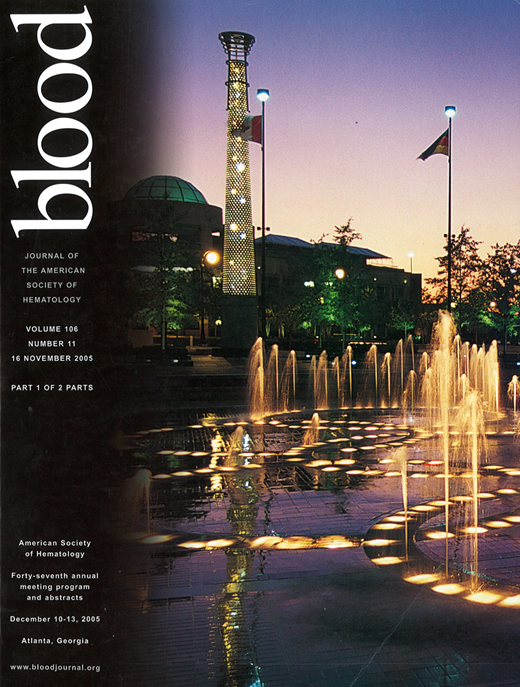Abstract
In the prospective multicenter AML 01/99 trial, 484 patients with acute myeloid leukemia up to 60 years (385 with de novo and 99 with secondary AML) were treated with risk-adapted therapy. Patients with CBF-leukemias [t(8;21) or inv(16)] or normal karyotype and good response (GR) to induction I (≤5% blasts in day 15 BM) were considered standard risk (SR), all other patients as high risk (HR). Patients with t(15;17) were excluded. Induction course I consisted of standard dose araC, idarubicine and etoposide (IVA-I). Patients with GR to IVA-I continued with IVA-II on day 21 as double induction. In patients with bad response (>5% bone marrow blasts on day 15), the second cycle consisted of FlAG/Ida. Double induction was followed by an early consolidation with intermediate dose araC. As late consolidation, HR patients with an HLA-matched sibling were scheduled for a matched related donor (MRD) transplantation whereas patients without a family donor should undergo autologous peripheral blood stem cell transplantation (autoPBSCT). PBSC were mobilized after early consolidation. A pilot study within the 01/99 trial showed superior results for matched unrelated donor (MUD) transplantation compared to patients who had undergone autoPBSCT. Therefore, since 2003 all HR patients without a sibling donor were scheduled for MUD transplantation. 234 patients were classified as HR, of whom 137 (58%) achieved complete remission. 31 (13%) of the HR patients died during induction. After 70 months, overall survival (OS) was significantly worse for HR patients (28%) than for SR patients (51%). For HR patients, there was no difference in OS and relapse-free survival (RFS) between those patients classified as HR because of bad response to IVA-1 (n = 76), unfavourable karyotype (n = 83) or both characteristics (n = 75). Moreover, RFS was neither different between HR patients with de novo or secondary AML nor between HR patients with normal karyotype, complex karyotype or other high risk cytogenetics. Regarding the different regimens for late consolidation, the “as treated” analysis of the HR patients revealed that OS and RFS was significantly better after an MRD transplantation (n=34, OS 68%, RFS 65%) than after autoPBSCT (n=26, OS 23%, RFS 7%). OS and RFS for the 29 patients who received MUD transplantation was also significantly better than after autoPBSCT with 56% and 52% respectively. In conclusion, HR patients as defined in our study do not benefit from an autologous PBSCT even after intensive double induction and early consolidation. Therefore, an allogeneic transplantation from a related or unrelated donor should be performed.
Author notes
Corresponding author

